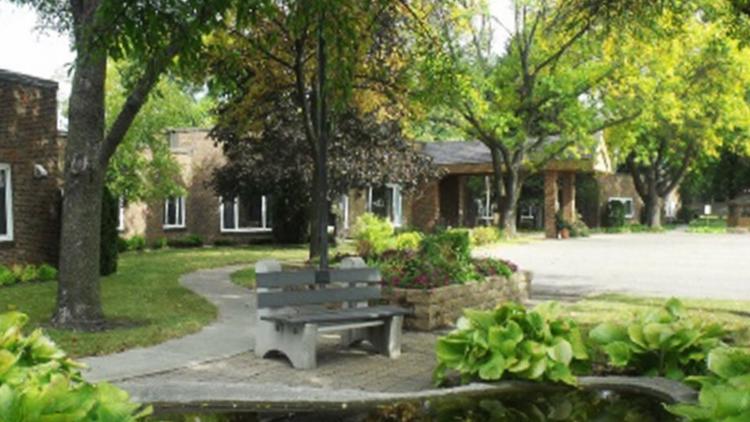MINNEAPOLIS — The healthcare crisis across rural America just keeps growing.
A new report from the Center for Rural Policy and Development out of Minnesota shows that demand for long-term care for the elderly will skyrocket over the next 20 years.
Experts say the biggest hurdle will be to try and staff for that increase.
The University of Minnesota's Rural Physician Associate Program is matching about 35 of its medical students a year to more rural areas where they learn a broader skillset and become well-known in the community.
"If we can get students to experience that in our program, they're three times more likely to practice in a rural spot," said U of M Professor Dr. Kirby Clark. "We don’t focus just on physicians because by themselves, without a team, is pretty worthless, so we promote all the other health professions that a community needs."
The need extends beyond doctors and includes recruiting pharmacy techs and nurses, particularly at nursing homes, and the problems have forced many to shut their doors.
In Minnesota, eight nursing homes closed in 2023. In the three years before that, there were another 15, including one Jenny Gleason oversees.
"It was excruciating," said Gleason, who's the CEO of Living Services Foundation which has several facilities in southwest Minnesota. "People were just heartbroken because it becomes their community."
Gleason converted that one closed facility to assisted living in 2021, citing staffing shortages.
"When we are constantly searching and calling everyone to see if you can work overtime, can you do this, like everyone is stressed," said Gleason. "And it's not that people don't want to do a good job or be there, but they need balance too."
The new report says demand for nursing beds won't peak for at least another 20 to 30 years when its data shows more than 37,000 people will need one.
It also shows patients are sicker, reimbursement rates are low and some wages are higher.
Some of those wages will go up even more as the state's newly formed workforce standards board voted to start raising minimum pay and benefits in 2026.
"Figuring out how to get the cash upfront to fund that is really, really challenging, especially after going through COVID-19 when organizations like mine put every extra penny we had into just making it through," said Gleason.
The most severe declines are happening in Red Lake County, which lost all of its beds. Cass Lake County only has 33 beds left, followed by Grant and Swift Counties.
The report says Chippewa County is the only one to have more beds because the Department of Veterans Affairs built a new facility just this year.
In the meantime, other locations have to keep getting creative with recruitment and some say they'll push for fewer barriers, including the new, federal minimum staffing requirements.



